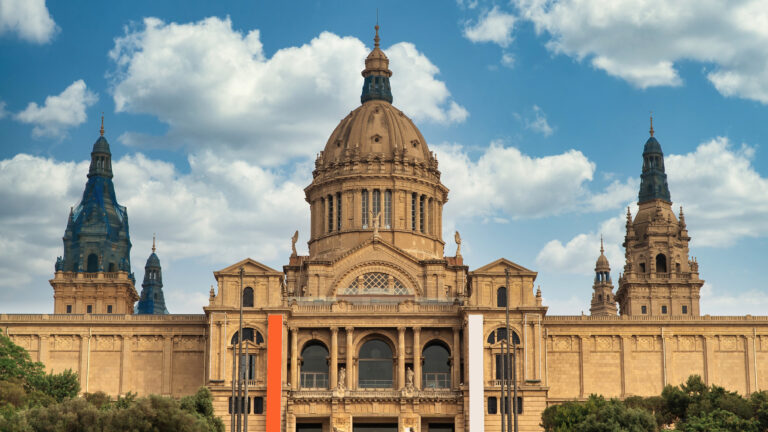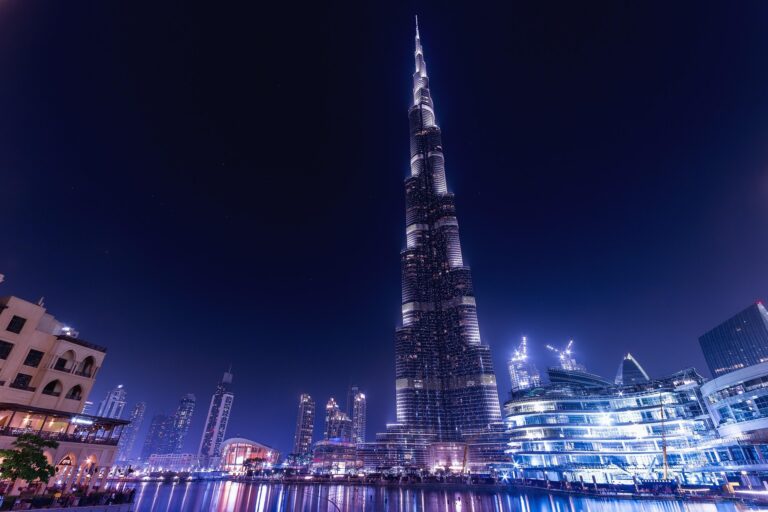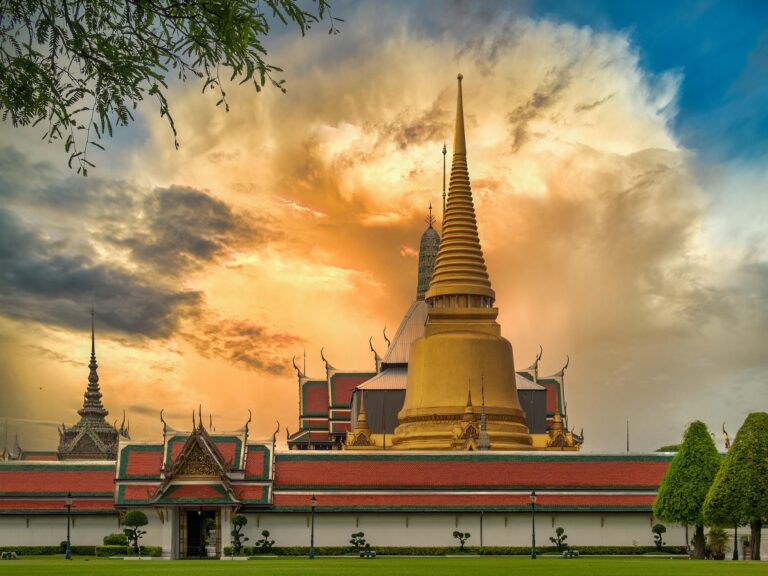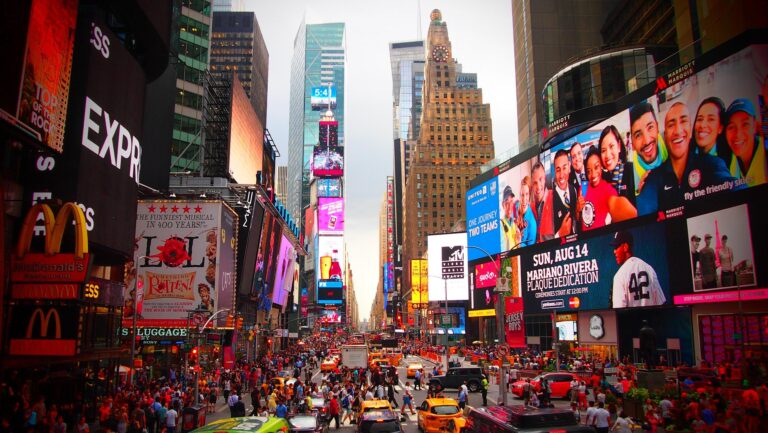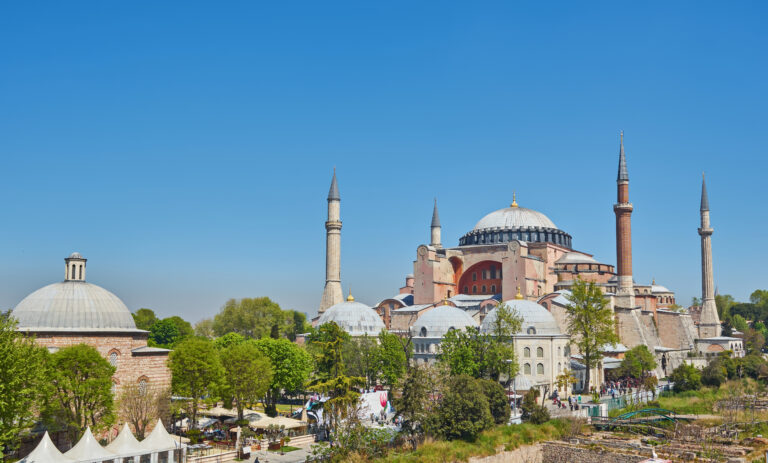POSTS 5

India, a land of breathtaking diversity, offers travelers an overwhelming tapestry of experiences—from the snow-capped Himalayas in the north to the tropical beaches of the south, from ancient temples to bustling metropolises. But with such geographic and cultural variety comes an important question: when is the best time to visit India?
Planning a trip to India? Discover the best time to visit for optimal weather, vibrant festivals, and unforgettable experiences. The answer isn’t straightforward, as the ideal timing depends on which regions you plan to explore, what activities you wish to enjoy, and your tolerance for heat, rain, or crowds.
This comprehensive guide breaks down the best time to travel to India based on regional climate patterns, seasonal festivals, crowd levels, and budget considerations—helping you plan the perfect Indian adventure tailored to your preferences.
Understanding India’s Climate
Before determining when to visit India, it’s essential to understand the country’s diverse climate zones and seasonal patterns.
India experiences four distinct seasons:
- Winter (November to February): Generally mild and pleasant across most of the country, though northern regions can get quite cold.
- Summer (March to May): Hot to extremely hot across most regions, with temperatures often exceeding 40°C (104°F) in many areas.
- Monsoon (June to September): Heavy rainfall across most of the country, beginning in the south and gradually moving north.
- Post-Monsoon/Autumn (October to November): Pleasant temperatures and retreating rains, though some areas still experience precipitation.
What makes planning challenging is that these seasons affect different parts of India differently. The country spans multiple climate zones:
- Tropical in the south and coastal regions
- Temperate in the plateau regions and mid-elevations
- Alpine in the Himalayan north
- Desert in the western regions
Best Time to Visit India: By Region
North India (Delhi, Rajasthan, Uttar Pradesh, Himalayas)
Ideal Months: October to March
North India’s climate is characterized by extreme temperatures—scorching summers and cold winters. The region is home to iconic destinations like Delhi, Agra (Taj Mahal), Rajasthan’s palaces and forts, and the spiritual hub of Varanasi.
Recommended Activities:
- Heritage tours of Rajasthan’s majestic forts and palaces
- Exploring the Golden Triangle (Delhi-Agra-Jaipur)
- Spiritual pilgrimage to Varanasi or Haridwar
- Wildlife safaris in Ranthambore
Key Festivals:
- Diwali (October/November)
- Holi (February/March)
- Pushkar Camel Fair (November)

Potential Drawbacks:
- Delhi’s severe air pollution peaks in November
- Extreme cold in mountainous areas during December-January
- Over-tourism at popular sites during peak season
| Month | Weather | Crowd Level | Recommended For |
|---|---|---|---|
| Oct-Nov | Pleasant (18-30°C) | High | City tours, festivals |
| Dec-Feb | Cool to cold (5-25°C) | High | Desert safaris, historical sites |
| Mar | Warming up (15-32°C) | Medium | Holi festivities |
South India (Kerala, Tamil Nadu, Karnataka, Andhra Pradesh)
Ideal Months: November to February
South India generally experiences less extreme temperatures than the north but receives substantial rainfall during the monsoon. This region offers pristine beaches, ancient temples, lush hill stations, and tranquil backwaters.
Recommended Activities:
- Kerala backwater cruises
- Temple tours in Tamil Nadu
- Coffee plantation visits in Coorg
- Beach relaxation in Goa or Kerala
Key Festivals:
- Pongal (January)
- Onam (August/September)
- Thrissur Pooram (April/May)
Potential Drawbacks:
- High humidity year-round
- Heavy rainfall during southwest monsoon (June-September)
- Heat can be intense from March to May
| Month | Weather | Crowd Level | Recommended For |
|---|---|---|---|
| Nov-Feb | Pleasant (20-30°C) | High | Beaches, backwaters, temples |
| Mar-May | Hot (25-35°C) | Medium | Hill stations, early morning tours |
| Jun-Sep | Rainy (23-28°C) | Low | Ayurvedic treatments, discounted stays |
West India (Maharashtra, Gujarat, Goa)
Ideal Months: November to February
Western India includes the popular beach destination of Goa, the bustling metropolis of Mumbai, and the culturally rich Gujarat. The region experiences hot summers, a significant monsoon season, and mild winters.
Recommended Activities:
- Beach hopping and nightlife in Goa
- Exploring Mumbai’s colonial architecture and food scene
- Cultural immersion in Gujarat’s traditional villages
- Wildlife spotting in Gir National Park
Key Festivals:
- Ganesh Chaturthi (August/September)
- Navratri/Dandiya (October)
- Goa Carnival (February/March)
Potential Drawbacks:
- Extreme crowding in Goa during December-January
- Intense heat from March to May
- Mumbai can flood during heavy monsoon rains
| Month | Weather | Crowd Level | Recommended For |
|---|---|---|---|
| Nov-Feb | Pleasant (18-32°C) | Very high | Beaches, festivals, outdoor activities |
| Mar-May | Hot (25-38°C) | Low | Budget travelers, quiet beach time |
| Oct | Post-monsoon (22-32°C) | Medium | Green landscapes, cultural experiences |
East India (West Bengal, Odisha, Northeast States)
Ideal Months: October to March
Eastern India, including the Northeast states, receives significant rainfall and features diverse landscapes from the Sundarbans mangrove forests to the tea plantations of Darjeeling and the unique living root bridges of Meghalaya.
Recommended Activities:
- Cultural exploration in Kolkata
- Tea plantation tours in Darjeeling and Assam
- Tribal village visits in Northeast states
- Wildlife spotting in Sundarbans
Key Festivals:
- Durga Puja (September/October)
- Bihu in Assam (April, January, and November)
- Hornbill Festival in Nagaland (December)
Potential Drawbacks:
- Heavy rainfall during monsoon (June-September)
- Some Northeast areas require special permits
- Limited accessibility to certain regions during monsoon
| Month | Weather | Crowd Level | Recommended For |
|---|---|---|---|
| Oct-Nov | Pleasant (15-28°C) | High | Festivals, wildlife, trekking |
| Dec-Feb | Cool (8-25°C) | Medium | Tea gardens, national parks |
| Mar | Warming (15-30°C) | Low | Budget travel, avoiding crowds |
Best Time to Visit India: By Activity
Trekking and Mountain Adventures
Best Time: April-June and September-November
The Himalayan regions offer spectacular trekking opportunities, but timing is crucial for safety and optimal views.
Recommended Treks by Season:
- Spring (April-June): Valley of Flowers, Roopkund, Kuari Pass
- Autumn (September-November): Markha Valley, Goecha La, Hampta Pass
Tips: Avoid the monsoon season (July-August) when landslides are common, and winter (December-February) when high passes may be snowed in.
Beach Vacations
Best Time: November to February
India’s extensive coastline offers diverse beach experiences, from Goa’s party scenes to Kerala’s tranquil shores.

Popular Beach Destinations:
- Goa: Peak season is December-January with perfect weather but crowds and high prices
- Kerala: November-February offers ideal conditions for beaches and backwaters
- Andaman Islands: December-March provides clear waters perfect for snorkeling and diving
Off-peak Tip: October and March offer good weather with fewer crowds and lower prices.
Wildlife Safaris
Best Time: October to June
India hosts impressive wildlife including tigers, elephants, rhinos, and countless bird species.
Safari Hotspots by Season:
- October-December: Ranthambore, Bandhavgarh, Kanha
- March-June: Water sources dry up, making animal sightings more predictable
- April-June: Bird watching in Bharatpur
Note: Most national parks close during monsoon season (July-September).
Yoga and Wellness Retreats
Best Time: February to March and September to November
India, the birthplace of yoga, offers numerous destinations for wellness seekers.
Top Yoga Destinations:
- Rishikesh: Best visited February-March and September-November when temperatures are pleasant
- Kerala (Ayurveda): June-August during monsoon is traditionally considered ideal for treatments
- Mysore: Year-round destination with a preference for winter months
Cultural Exploration
Best Time: November to March
For exploring India’s rich architectural heritage and historical sites, winter months offer comfortable temperatures for sightseeing.
Cultural Circuit Highlights:
- Golden Triangle: Delhi, Agra, Jaipur best visited November-February
- Temple Circuits of Tamil Nadu: December-February offers pleasant weather
- Buddhist Circuit: October-March ideal for sites in Bihar and Uttar Pradesh
India’s Festival Calendar
India’s festival calendar is packed year-round, offering travelers unique cultural experiences:
Winter Festivals (November-February):
- Diwali/Festival of Lights (October/November)
- Pushkar Camel Fair (November)
- Christmas and New Year celebrations in Goa (December)
- Jaipur Literature Festival (January)
- Republic Day Parade in Delhi (January 26)
- Desert Festival in Jaisalmer (February)
Spring Festivals (March-May):
- Holi/Festival of Colors (March)
- Elephant Festival in Jaipur (March)
- Thrissur Pooram in Kerala (April/May)
- Buddha Jayanti (May)
Monsoon Festivals (June-September):
- Hemis Festival in Ladakh (June/July)
- Rath Yatra in Puri (June/July)
- Onam in Kerala (August/September)
- Ganesh Chaturthi (August/September)
Autumn Festivals (October-November):
- Navratri and Dussehra (October)
- Durga Puja in Kolkata (October)
- Diwali (October/November)
Dealing with India’s Challenges
Air Pollution
Air quality is a significant concern, particularly in northern cities like Delhi, which experiences severe pollution between October and February.
Tips for Managing Pollution:
- Check air quality indexes before planning visits to major cities
- Consider southern destinations during Delhi’s peak pollution months
- Carry N95 masks when visiting pollution-prone cities
- Plan indoor activities during high pollution days
Heat Waves
Summer months (April-June) can bring extreme heat to many parts of India.
Managing the Heat:
- Plan outdoor activities for early morning or evening
- Stay hydrated and carry electrolyte supplements
- Consider hill stations like Shimla, Mussoorie, or Ooty during peak summer
- Book accommodations with reliable air conditioning
Monsoon Season
While monsoon brings challenges, it also transforms landscapes and offers unique experiences.
Monsoon Travel Tips:
- Pack waterproof gear and appropriate footwear
- Check weather forecasts and be flexible with itineraries
- Be aware that transportation can be disrupted by flooding
- Enjoy the lush landscapes and reduced crowds at major attractions
Budget Considerations
Traveling to India can be extremely affordable or luxurious depending on your choices and timing.
Peak Season (November-February):
- Accommodation prices can double or triple
- Advance booking is essential, especially in popular destinations
- Flight prices to India peak during December-January
Shoulder Season (September-October, March):
- Better deals on accommodation and activities
- Good weather in many regions
- Fewer crowds at major attractions
Off-Season (April-August):
- Significant discounts (30-50%) on accommodations
- Hill stations become more expensive during this period
- Domestic flights and trains are more readily available
Money-Saving Tips:
- Travel during weekdays rather than weekends
- Consider homestays and boutique hotels over chain properties
- Book domestic travel well in advance
- Take advantage of early bird discounts for activities and tours
Conclusion
The best time to visit India truly depends on your priorities, whether you’re seeking cultural immersion, outdoor adventures, spiritual experiences, or simply the most comfortable weather conditions.
For most travelers, the period from November to February offers the most favorable conditions across the country, though it comes with higher prices and larger crowds. Those seeking budget options with decent weather might consider shoulder seasons like September-October or March.
Remember that India’s diversity means there’s always somewhere worth visiting regardless of the season. Careful planning around regional climate patterns, festivals, and your personal interests will ensure a memorable journey through this extraordinary country.
Start planning your unforgettable India adventure today!
FAQ schema
Frequently Asked Questions: Best Time to Visit India
What is the best time to visit India?
The best time to visit India is generally from November to February when most regions experience pleasant weather. However, the ideal timing depends on which specific regions you plan to explore and what activities you want to enjoy.
When should I visit North India?
The best time to visit North India (Delhi, Rajasthan, Uttar Pradesh, Himalayas) is from October to March when the weather is pleasant. However, be aware that Delhi experiences severe air pollution in November, and mountainous areas can be extremely cold in December-January.
What is the best time to visit South India?
The ideal time to visit South India (Kerala, Tamil Nadu, Karnataka) is from November to February when the weather is pleasant. March to May can be quite hot, while June to September brings the monsoon season with heavy rainfall.
When is the best time to visit Indian beaches?
The best time to visit Indian beaches, including those in Goa, Kerala, and the Andaman Islands, is from November to February. During these months, you can expect clear skies, calm waters, and pleasant temperatures perfect for beach activities.
When should I plan a wildlife safari in India?
The best time for wildlife safaris in India is from October to June. March to June is particularly good as water sources dry up, making animal sightings more predictable near remaining water bodies. Most national parks close during the monsoon season (July-September).
What is the monsoon season in India?
The monsoon season in India generally runs from June to September, beginning in the south and gradually moving north. This season brings heavy rainfall across most of the country, which can affect travel plans but also transforms landscapes into lush, green vistas.
When is the peak tourist season in India?
The peak tourist season in India is from November to February, when most regions experience pleasant weather. During this time, accommodation prices can double or triple, and popular destinations become crowded, so advance booking is essential.
When is the best time to visit India for budget travelers?
The off-season (April-August) offers the best deals for budget travelers, with significant discounts (30-50%) on accommodations. The shoulder seasons (September-October and March) also provide good value with decent weather and fewer crowds than peak season.
What is the best time for trekking in the Indian Himalayas?
The best time for trekking in the Indian Himalayas is during spring (April-June) and autumn (September-November). These periods offer stable weather, clear views, and comfortable temperatures. Avoid the monsoon season (July-August) when landslides are common and winter (December-February) when high passes may be snowed in.
When can I experience the major festivals in India?
India celebrates festivals year-round. Winter brings Diwali (October/November), Pushkar Camel Fair (November), and Republic Day (January). Spring features Holi (March). Monsoon season includes Hemis Festival (June/July) and Onam (August/September). Autumn hosts Durga Puja and Navratri (October).

